Coral Beauty Angelfish
$39.99
-
Select Variant
Common in the Great Barrier Reef, the Coral Beauty Angelfish is often referred to as Twospined or Twospined Dusky Angelfish. The head and body are both a deep royal blue that is enhanced by an iridescent orange-to-yellow. The
Coral Beauty Angelfish is considered to be one of the angels that is easist to take care of.
It needs a 70 gallon or larger tank, with plenty of hiding places.
live rock for grazing. Is not reef safe, The Coral Beauty
Angelfish are known to nibble at soft and stony corals (sessile
invertebrates).
The diet of Coral Beauty Angelfish must comprise of Spirulina as well as marine algae. top-quality angelfish prepared food Mysis or frozen shrimp as well as other high-quality meaty meals.
Approximate Purchase Size: Small: 1" to 1-3/4"; Medium: 1-3/4" to 2-1/2"; Large: 2-1/2" to 4"
- Description
- Additional Information
- Reviews
General information regarding Coral Beauty Angelfish
The Coral Beauty Angelfish, Centropyge bispinosa, is renowned for its vibrant colors and ease of care, making it popular among aquarium enthusiasts. It typically reaches about 10 centimeters in length, featuring a deep royal blue head and body accented with iridescent orange-to-yellow hues, which vary depending on its origin in the wild. This fish adapts well to established home reef aquariums, where it proves resilient to illnesses and maintains a calm demeanor. However, it requires a minimum 70-gallon aquarium or larger, with ample hiding spots and live rock for grazing. Despite its appeal, the Coral Beauty Angelfish is not reef-friendly and may nip at soft and stony corals (sessile invertebrates).Diet & Nutrition
Similar to other dwarf angels, the Centropyge bispinosa is an omnivore. In captivity their diet Coral Beauty Angelfish should consist of Spirulina as well as marine algae premium angelfish dishes mysis, frozen shrimp and frozen shrimp as well as other meaty and delicious foods of high quality. They thrive when algae is active inside the tank. They need to be fed a varied diet twice or three every day in tanks that have less algae to forage. This can be decreased if tanks are larger and contain greater amounts of natural food.Origin
Coral Beauty Angelfishes are extensively spread throughout the oceans of the Indo-Pacific Region. Its range extends across East Africa (Tanzania, Mozambique, South Africa) to the French Polynesia (Tuamotu Island) located in the South Pacific, extending northwards towards Japan (Izu Islands) and even as much as Australia on Lorde Howe Island.Links to follow:
size
Large, Medium, Small
Units
1
Weight
6 lbs
Dimensions
1 × 1 × 1 in

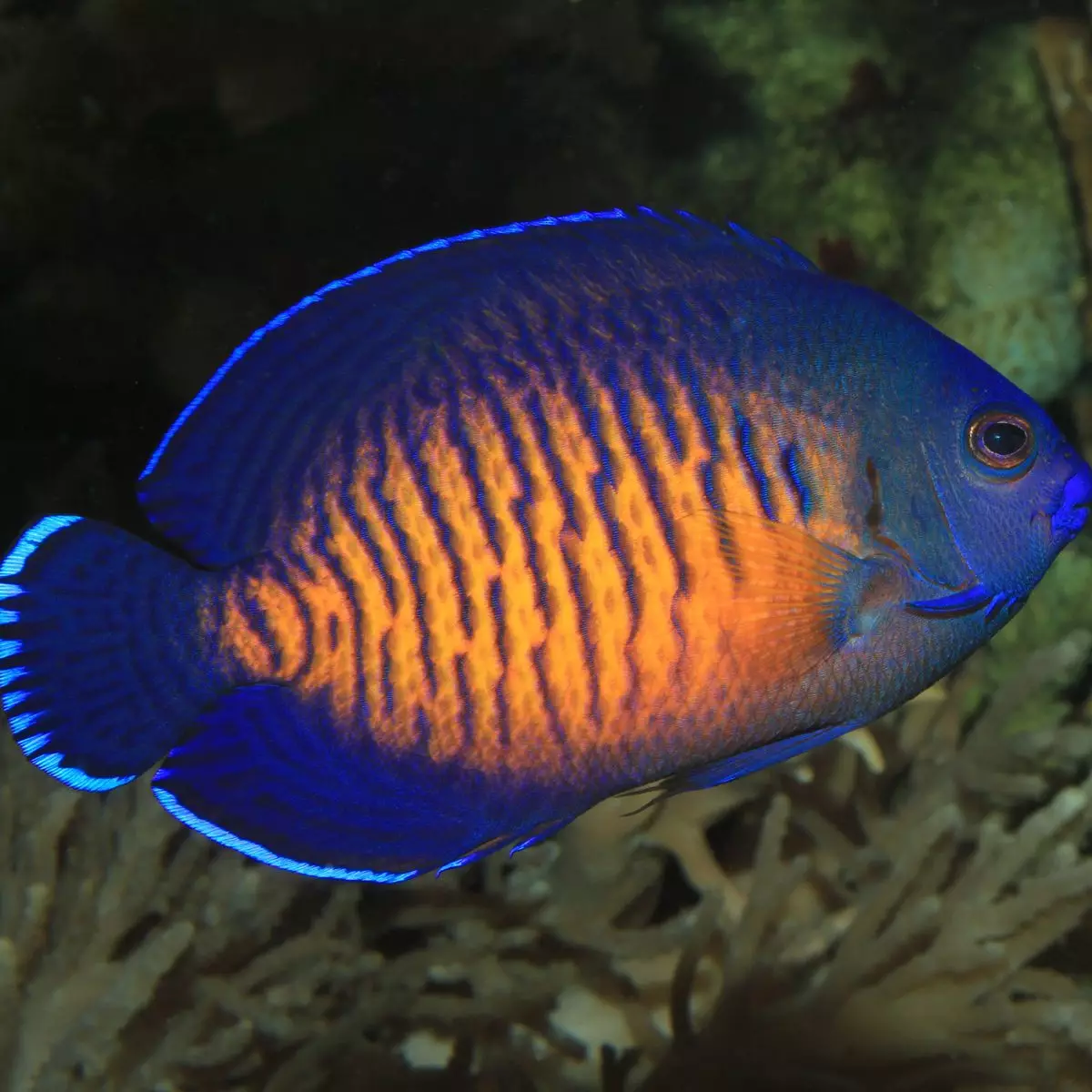
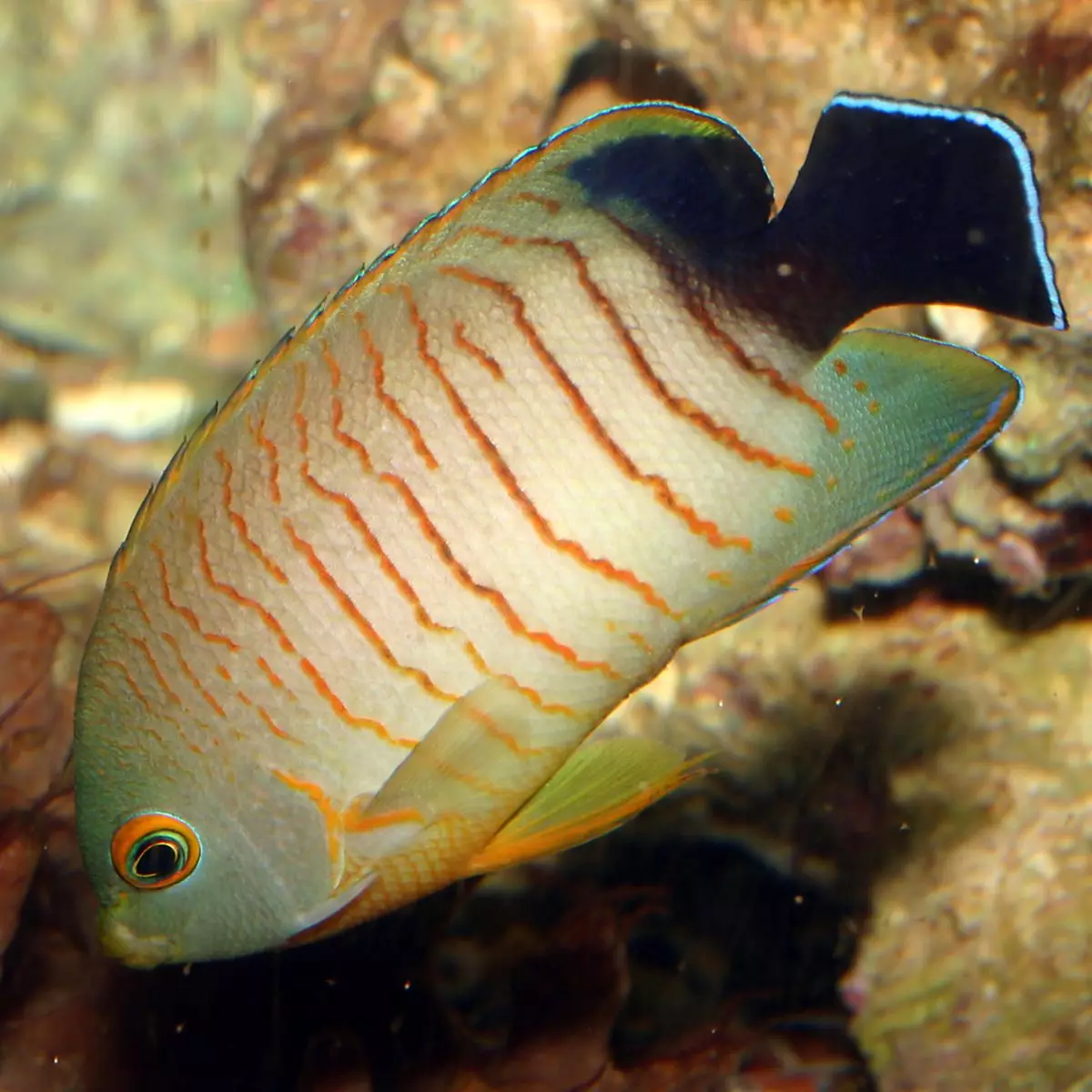
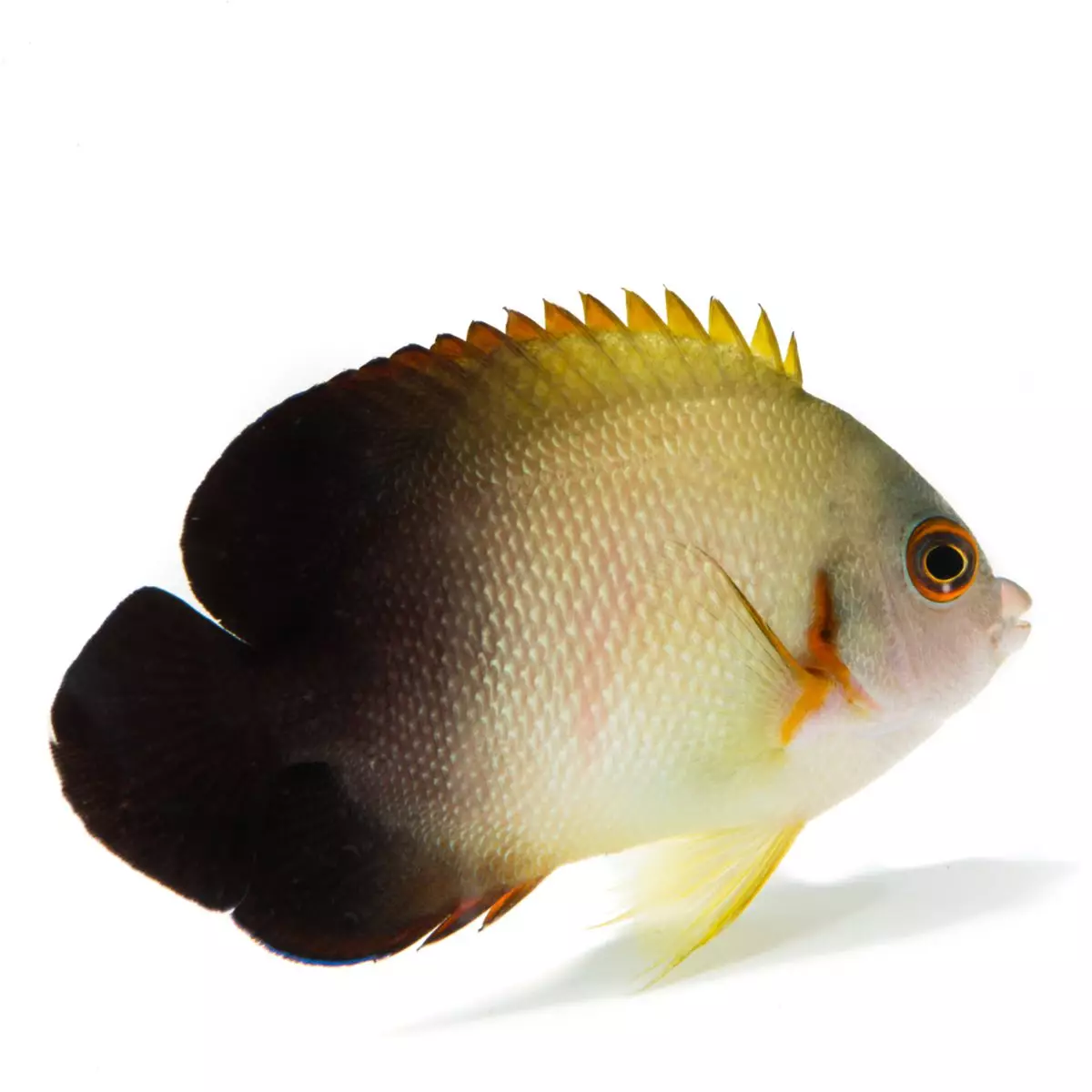

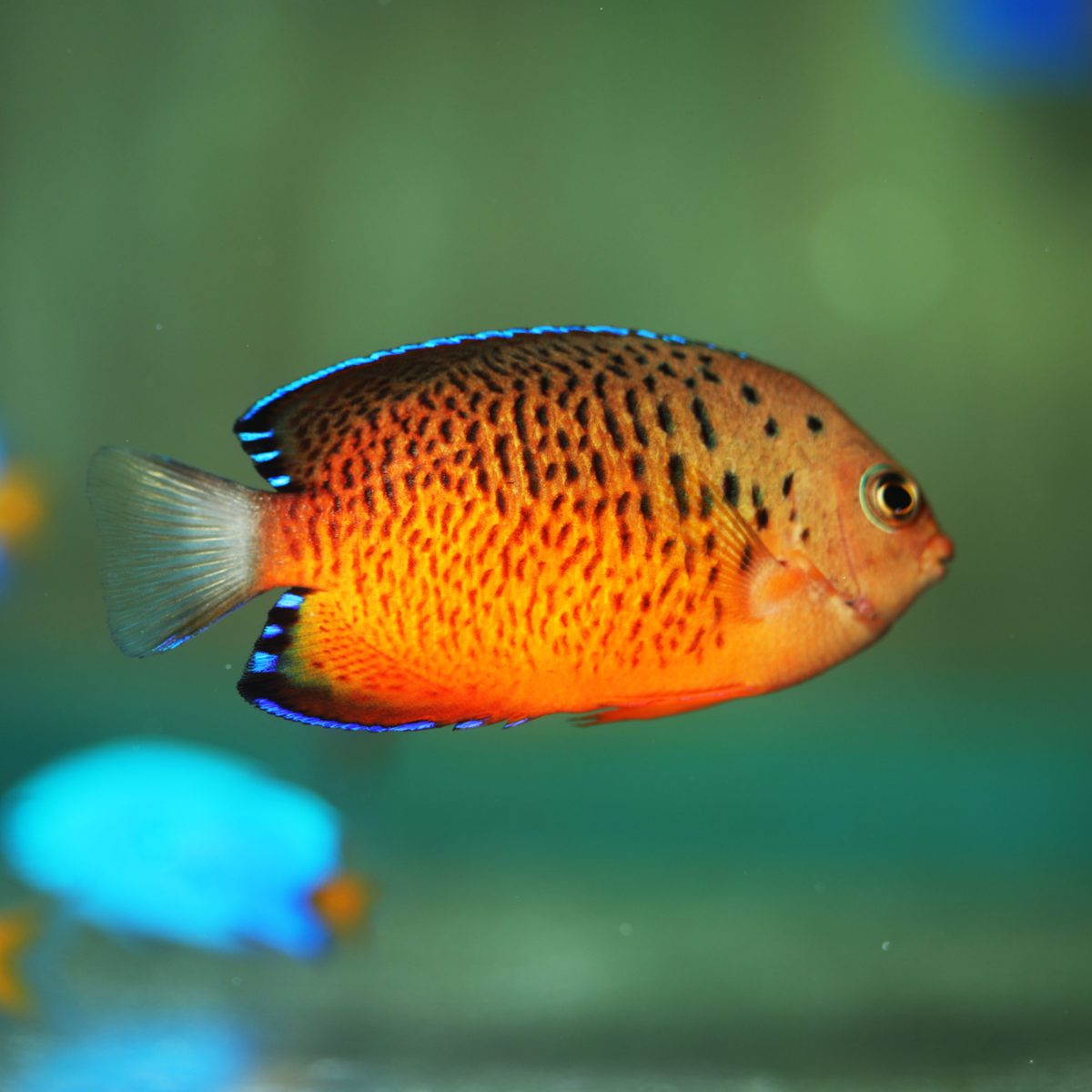
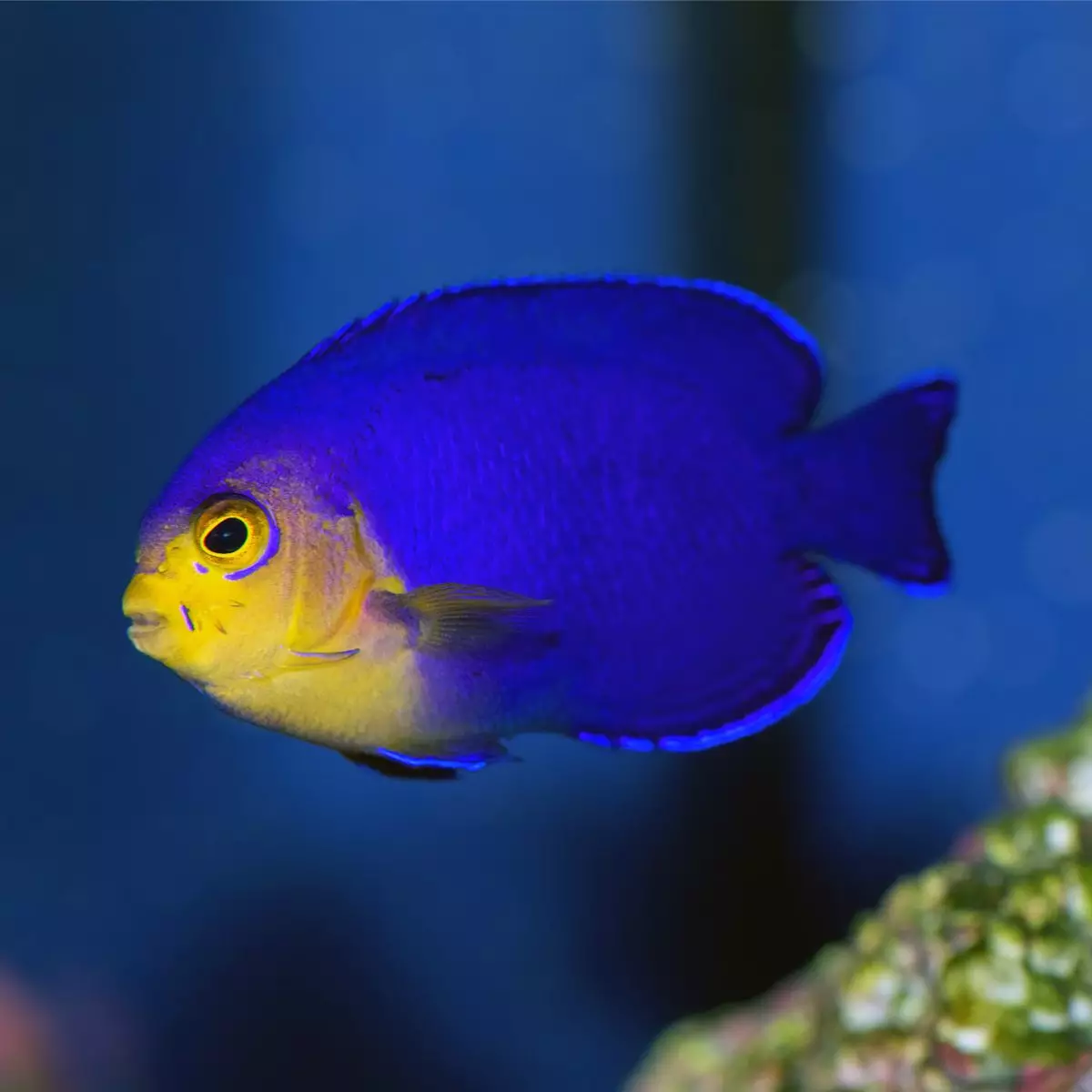
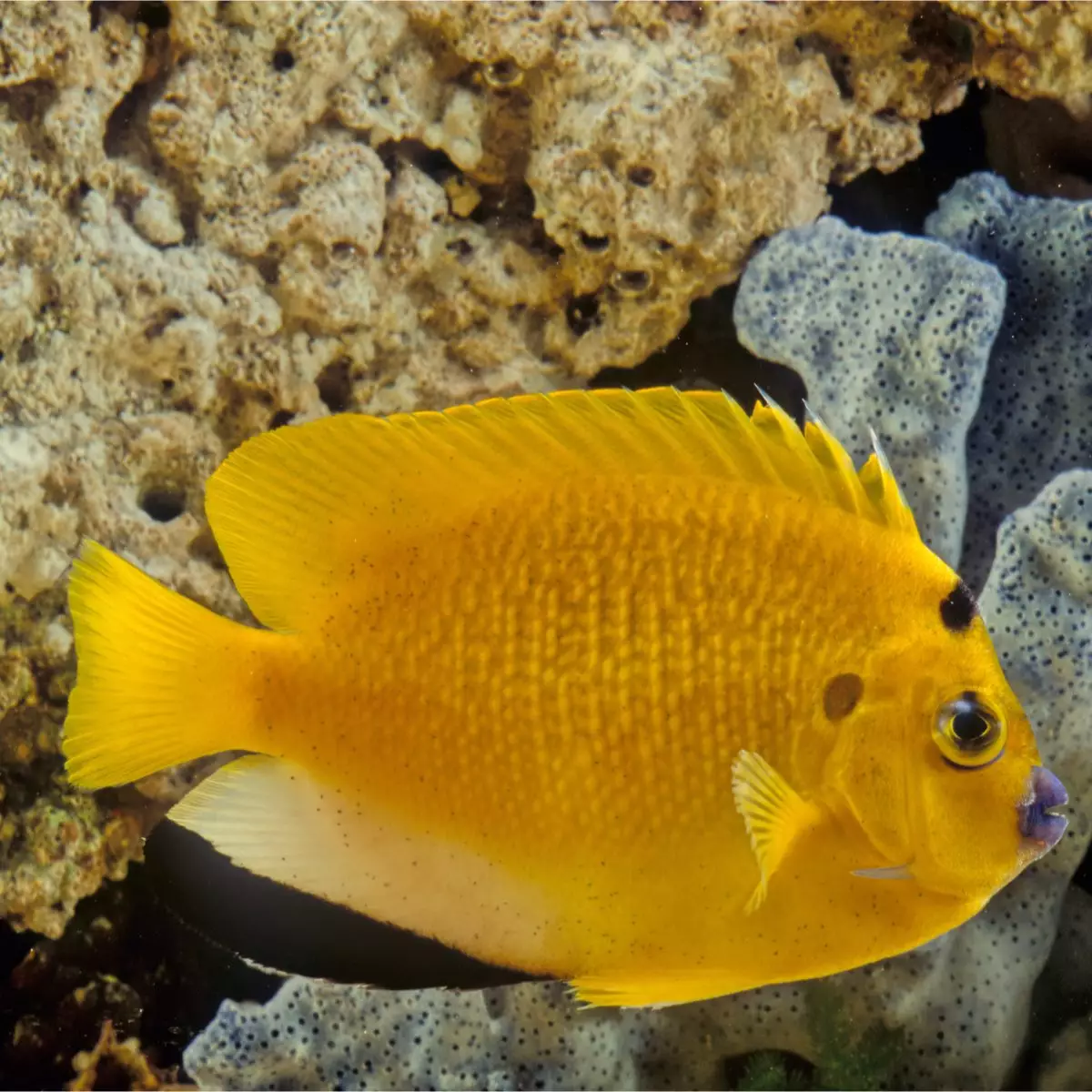
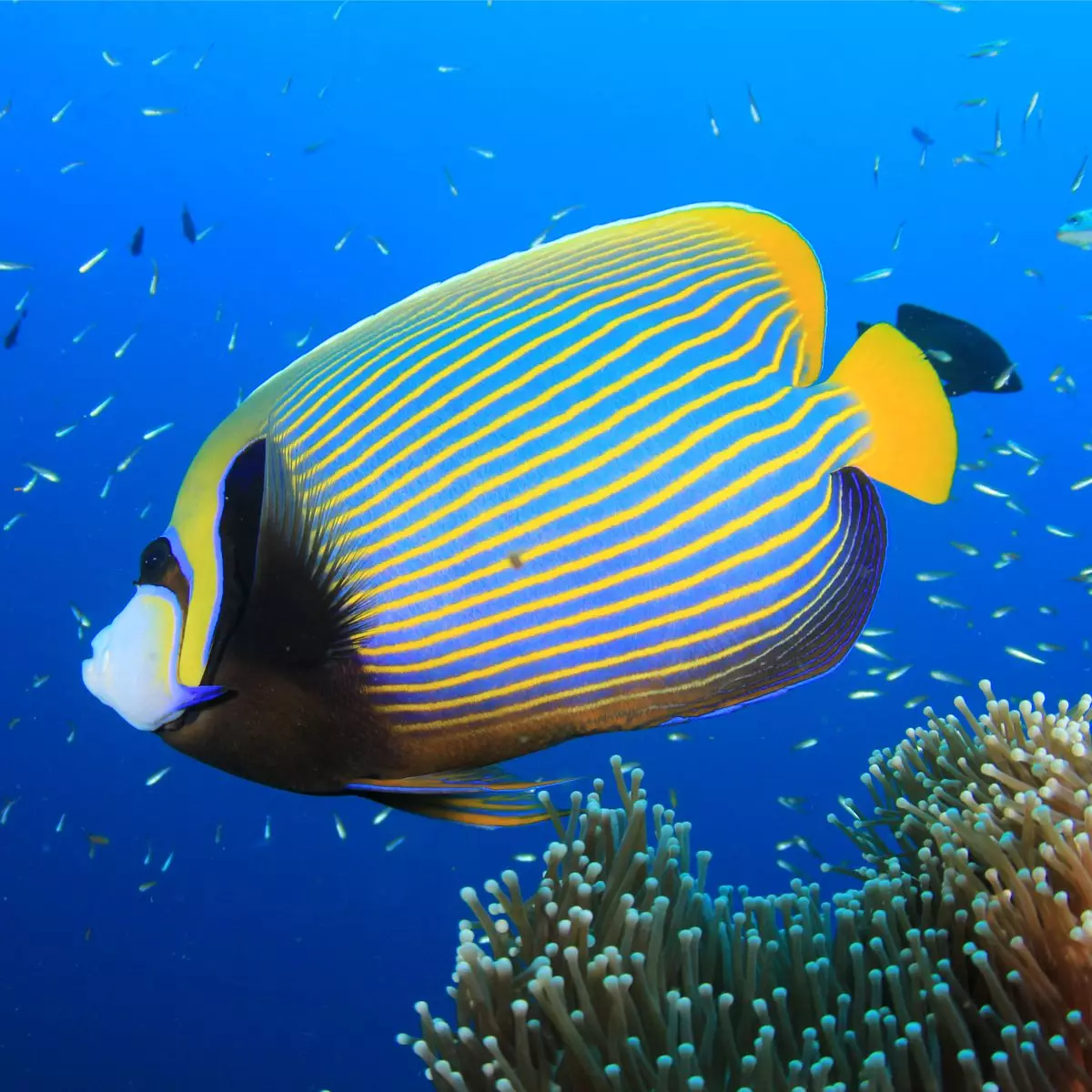
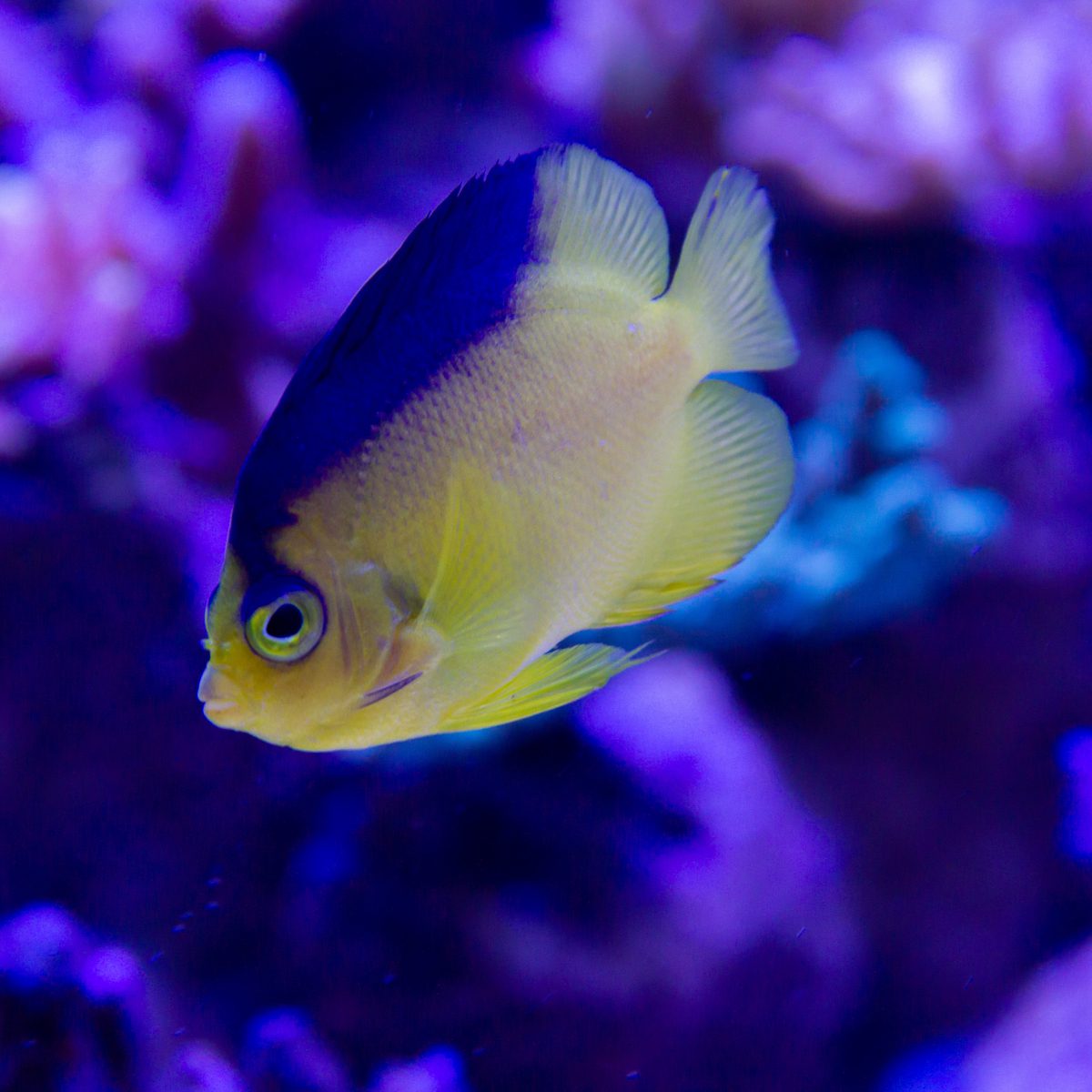

Reviews
There are no reviews yet.